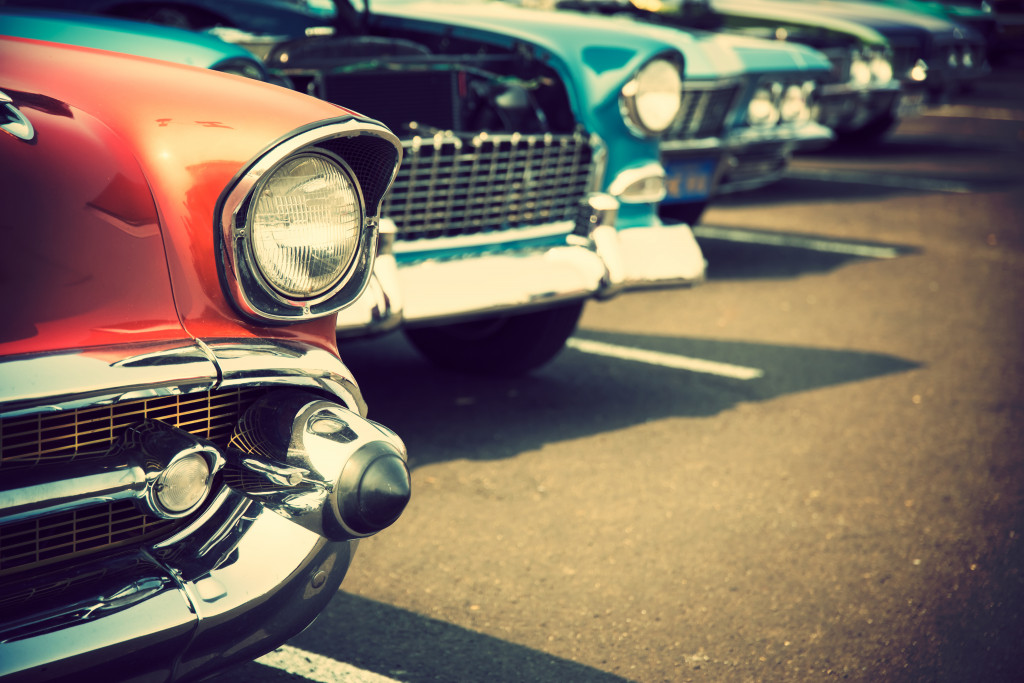Are you an automotive enthusiast looking for a way to show off your prized classic? Hosting a car show is the perfect way to get your vehicle in the spotlight. It also allows you to connect with other car enthusiasts, so you can swap restoration tips and talk shop. But most importantly, a car show will enable you to share your enthusiasm for classic cars with the world.
Here are a few steps in setting up a classic car show that will help make sure your event is as successful as possible:
Choose the location and date of your event
When setting up a classic car show, choose the right location and date for your event. Make sure it’s large enough to accommodate the cars and spectators, and consider its accessibility. A popular spot would be a public park or other outdoor venues that can draw in people from the surrounding neighborhoods.
You may also want to look into any permits that must be obtained by the area before hosting your show. Once you find the perfect spot, book it in advance so you can have it on the date you want.
Prepare the cars that will be on display
Whether you have a few of your own cars that you want to show off or are reaching out to other car enthusiasts in the area, it’s essential to make sure all vehicles are ready for their big moment. Start by inspecting each car to see if there are any issues or problems with the engine or body. If you do spot any issues, get them fixed right away. It’s essential to hire the right professionals to work on your car.
Also important for classic cars is getting the right parts for them. Classic cars are notoriously finicky to work on, and the wrong parts will only contribute to problems down the road. A classic car parts dealer can offer the right parts at an affordable price. They have everything from gauges, emblems, bumpers, windshield wipers, taillights, and even strut rod kits which are essential for keeping the car running smoothly. Strut rod kits help keep the front end of your car stable. And an unstable front end can be detrimental to your car’s performance and safety, so getting the correct parts for your classic car is essential.
Additionally, if you ask other car owners to bring their vehicles, make sure that you inform them of what they need to do to be ready for the show.
Choose vendors
Taking the time to carefully select vendors is crucial in planning the show’s success. Most vehicle shows offer food, drinks, and other items attendees can purchase while there, so securing reliable food and beverage vendors will help create a great atmosphere.
These days, many car shows also feature activities like mini contests or raffles to keep viewers engaged, so finding reliable supplies or services is important. Finally, ensuring you hire knowledgeable staff to manage the grounds is critical; they should be knowledgeable enough to answer technical questions and help keep guests safe throughout the event.
Promote your event
Now it’s time to spread the word about your event! Start by creating posters and flyers that advertise your show; put these up around town and distribute them online (social media is great for this). You should also create an event page on Facebook where people can RSVP and receive updates leading up to the day of the show. Finally, contact local news outlets; many will likely be interested in covering your event!
Prepare for attendees
Now that you have promoted your event, it’s time to start thinking about what will happen when people arrive. Ensure enough volunteers are present so everyone’s needs are taken care of during the day. Also, provide water stations if necessary and ensure security on-site at all times. Additionally, create a clear plan for how vehicles will enter/exit the venue so that everything runs smoothly throughout the day.
Have fun

The last step is simple…have fun! As long as you have put in all of this hard work preparing for your car show, why not take some time during it to enjoy yourself? Talk with visitors about their cars and share stories with like-minded enthusiasts—it’ll be an enjoyable experience for everyone involved!
Setting up a classic car show requires careful planning, but it can result in a fantastic experience for attendees and hosts alike. By following these steps—choosing a location and date, preparing the cars, finding vendors, promoting the event properly, preparing adequately for attendees upon arrival, and most importantly, enjoying yourself—you’ll ensure that your next classic car show goes off without a hitch!
















